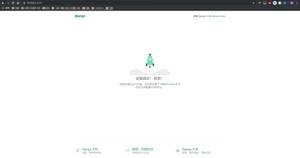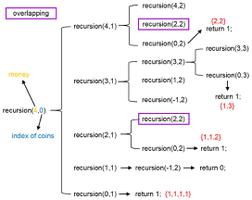在Django中限制已登录用户的访问的方法
有很多原因需要控制用户访问站点的某部分。
一个简单原始的限制方法是检查 request.user.is_authenticated() ,然后重定向到登陆页面:
from django.http import HttpResponseRedirect
def my_view(request):
if not request.user.is_authenticated():
return HttpResponseRedirect('/accounts/login/?next=%s' % request.path)
# ...
或者显示一个出错信息:
def my_view(request):
if not request.user.is_authenticated():
return render_to_response('myapp/login_error.html')
# ...
作为一个快捷方式, 你可以使用便捷的 login_required 修饰符:
from django.contrib.auth.decorators import login_required
@login_required
def my_view(request):
# ...
login_required 做下面的事情:
如果用户没有登录, 重定向到 /accounts/login/ , 把当前绝对URL作为 next 在查询字符串中传递过去, 例如: /accounts/login/?next=/polls/3/ 。
如果用户已经登录, 正常地执行视图函数。 视图代码就可以假定用户已经登录了。
=
以上是 在Django中限制已登录用户的访问的方法 的全部内容, 来源链接: utcz.com/z/315134.html







